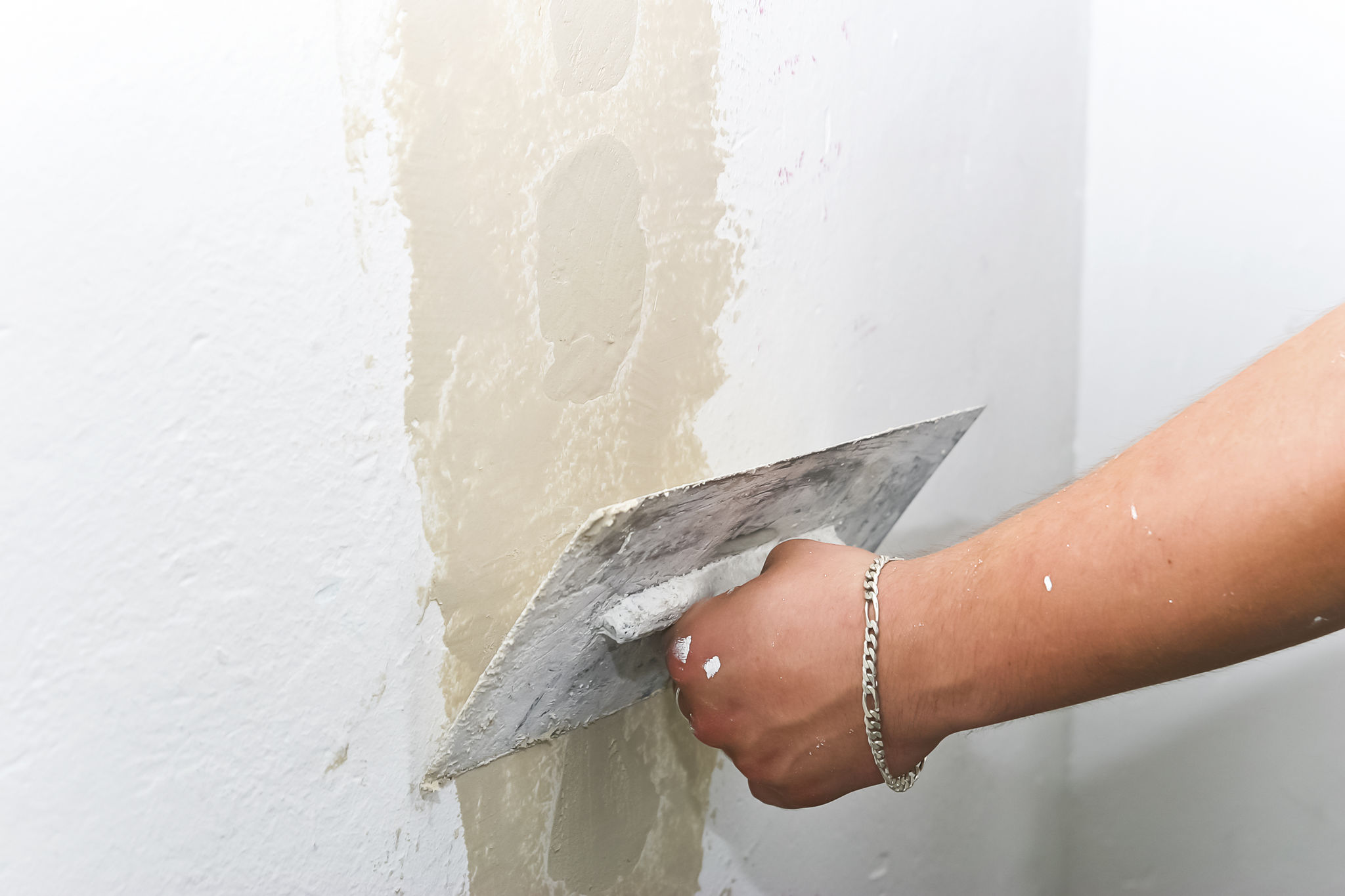The Ultimate Guide to Drywall Repair: Tips from the Experts
Understanding Drywall and Its Importance
Drywall, also known as gypsum board or plasterboard, is a popular building material used to create walls and ceilings. Its smooth finish and easy installation make it a favored choice for both residential and commercial properties. Understanding the basics of drywall can help you appreciate its importance in construction and repair.
Despite its durability, drywall can suffer from various types of damage, including holes, cracks, and water damage. Fortunately, repairing drywall is a manageable task with the right tools and techniques. In this guide, we will cover expert tips to help you restore your drywall to its original condition.

Common Types of Drywall Damage
Before diving into repair techniques, it's important to recognize common types of drywall damage. The most frequent issues include:
- Holes: These can range from small nail holes to larger holes caused by accidents.
- Cracks: Often due to settling of the building or temperature fluctuations.
- Water Damage: Usually identifiable by discoloration, bulging, or mold growth.
Tools and Materials You'll Need
Having the right tools and materials is crucial for a successful drywall repair. Here's a list of essentials:
- Utility knife
- Drywall saw
- Joint compound
- Drywall tape
- Sandpaper or sanding sponge
- Putty knife
- Paint and primer

Step-by-Step Repair Techniques
Now let's explore some step-by-step techniques for different types of drywall repairs.
Repairing Small Holes
For small holes, such as those from nails or screws, use these steps:
- Clean the area: Remove any loose debris around the hole.
- Apply joint compound: Use a putty knife to spread a thin layer over the hole.
- Smooth and sand: Once dry, sand the area until smooth.
- Paint: Apply primer and paint to match the surrounding wall.

Fixing Larger Holes
Larger holes require a bit more work but can be tackled with the following steps:
- Cut a patch: Use a drywall saw to cut out a square around the damage.
- Create a new piece: Cut a new piece of drywall to fit the hole.
- Screw the patch in place: Secure the patch with drywall screws.
- Tape and mud: Apply drywall tape over the seams and cover with joint compound.
- Sand and paint: Once dry, sand the area and apply primer and paint.
Tackling Cracks and Water Damage
Cracks: These can be addressed by applying joint compound over the crack, adding drywall tape for reinforcement, and sanding smooth once dry. Repeat as necessary until the crack is no longer visible.
Water Damage: First, resolve any water issues to prevent future damage. Cut out and replace any compromised sections of drywall. Use a dehumidifier to ensure the area is completely dry before patching and finishing with joint compound and paint.

Finishing Touches and Maintenance Tips
Once repairs are complete, apply primer and paint to blend seamlessly with the rest of the wall. Regular maintenance, including checking for signs of moisture and addressing minor issues promptly, will help extend the life of your drywall.
By following these expert tips for drywall repair, you can maintain smooth and sturdy walls that enhance the beauty and value of your property. With practice, you'll gain confidence in your ability to handle drywall repairs effectively.
